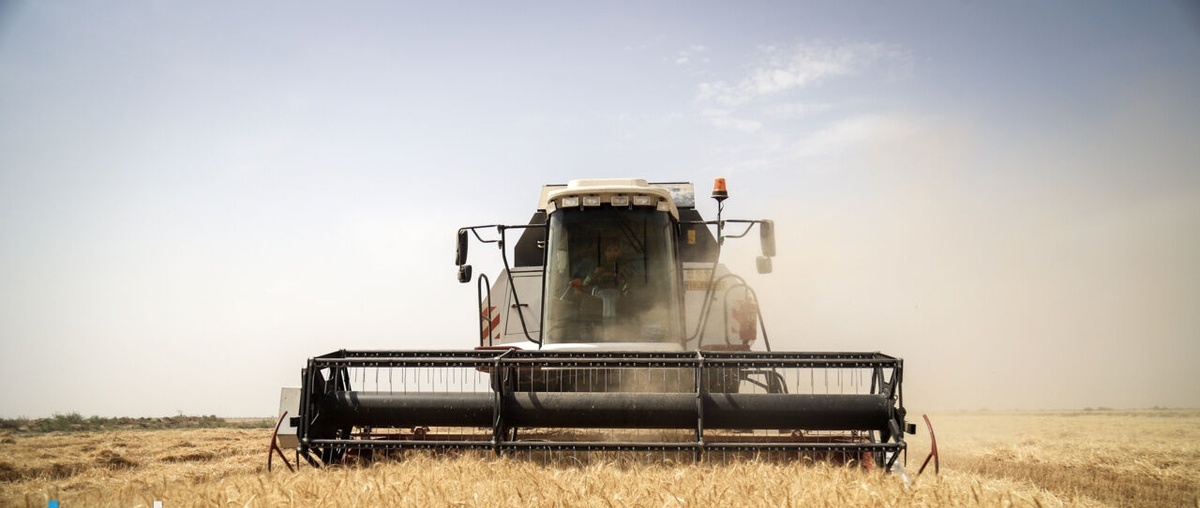SAEDNEWS: Official statistics show that the mechanization coefficient in Iran’s agriculture sector increased by 7 percent under the administration of President Masoud Pezeshkian, rising from 292 horsepower per hectare in the Iranian calendar year 1402 to 311 horsepower per hectare in 1403, which ended on March 20.

Despite this growth, experts note that Iran still faces serious challenges in adopting modern agricultural technologies. They argue that expanding mechanization could reduce product waste, boost productivity, and lower production costs.
However, inadequate infrastructure and financial constraints for farmers remain major obstacles.
The mechanization coefficient is a key indicator measuring the amount of mechanical power, such as tractors, combines, and other equipment, available per hectare of farmland. Growth in this index in recent years has had a direct impact on higher productivity, reduced costs, and improved product quality.
Currently, only 30 percent of Iran’s farmlands use mechanized equipment, while the figure stands at about 80 percent in developed countries.
According to officials, government support measures, including loans for equipment purchases, machinery renewal programs, and the introduction of modern technologies, contributed to the increase of 19 horsepower per hectare in the Iranian calendar year 1403 compared to the previous year.
Statistics indicate that more than 650,000 tractors and combines are currently in use in the country’s agricultural fleet. Among them are 30,000 grain and rice combines, 99 percent of which have been registered in recent years.
In addition, about 2,500 types of machines and implements are used across farming, horticulture, livestock, poultry, and aquaculture sectors.

